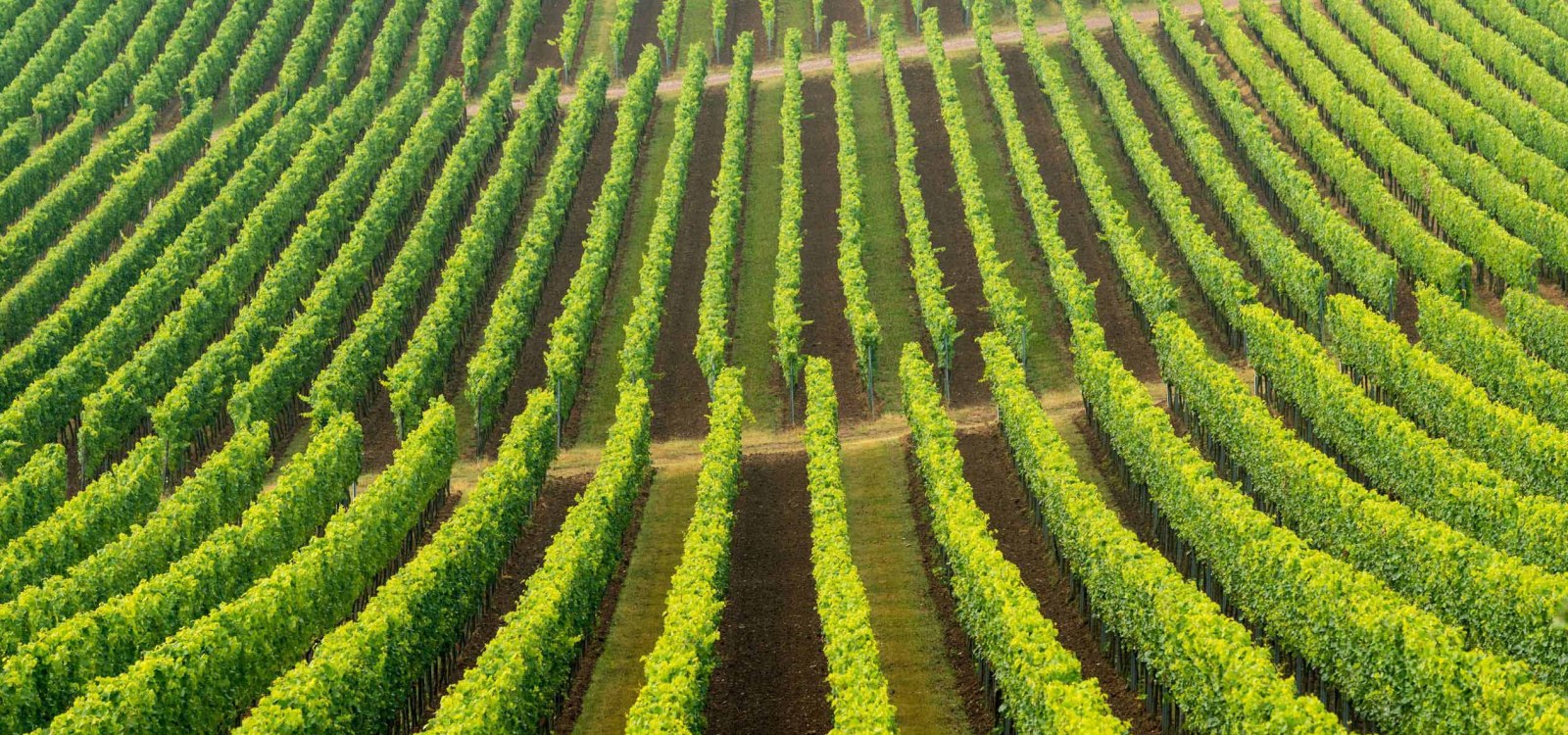Bermersheimer Klostergarten
The naming is based on spiritual property. Whether this situation belongs to the monastery Rupperstberg or the St. Albans monastery is not clear.



The naming is based on spiritual property. Whether this situation belongs to the monastery Rupperstberg or the St. Albans monastery is not clear.

Lime-rich clayey deposits of the teritary sea
Deep, calcareous clay soil with a high proportion of swellable clay, lower storage capacity for soil water available to plants, limited water permeability and ventilation, nutrient-rich, very calcareous, moderate warmability, difficult to root through
Full-bodied, dense, rich, moderate acidity, creamy enamel. Expressive, ripe, mango, apricot, honeydew melon, apricot. Less minerality, more fruity, full-bodied sustainability
learn more
Teritarian marine deposits from a calcareous algae reef
Shallow to medium-sized, very lime-rich, very stony, sandy loam soil, low storage capacity for soil water available to plants, rich in nutrients, rich in lime, good aeration, good heatability, limited rootability
Expressive, lively, aromatic, initially citrus, apple and gooseberry notes, with increasing ripe mango and passion fruit. Balanced acidity, mineral, chalky, elegant, multi-faceted, profound, closed in the youth, great development potential
learn more